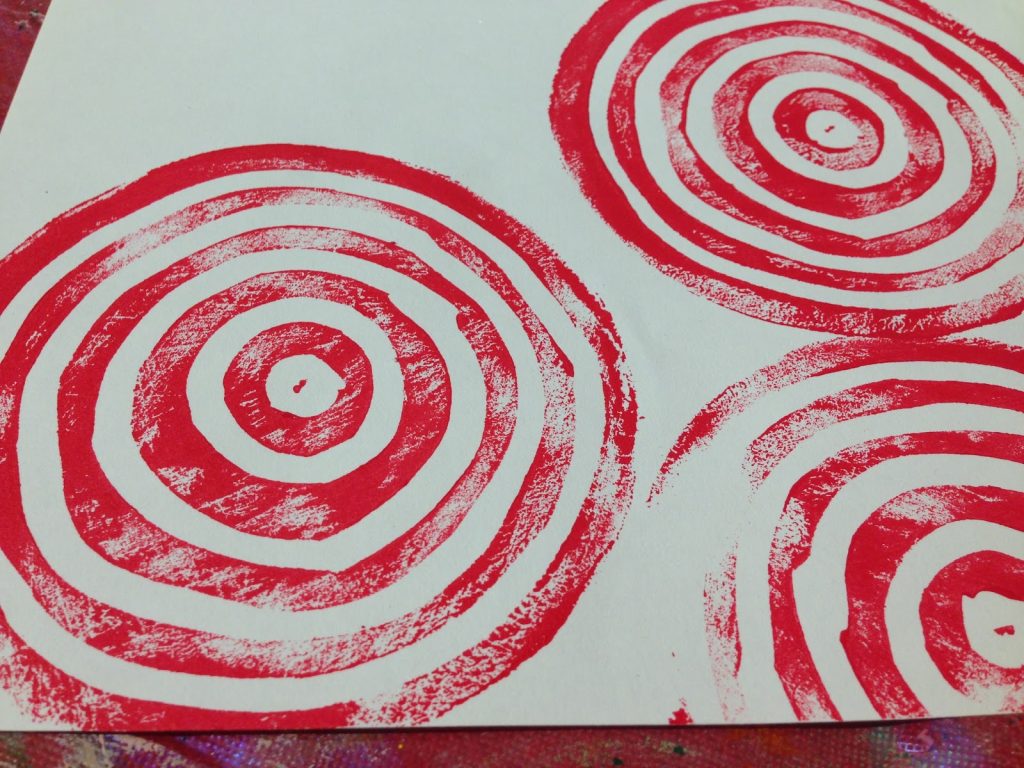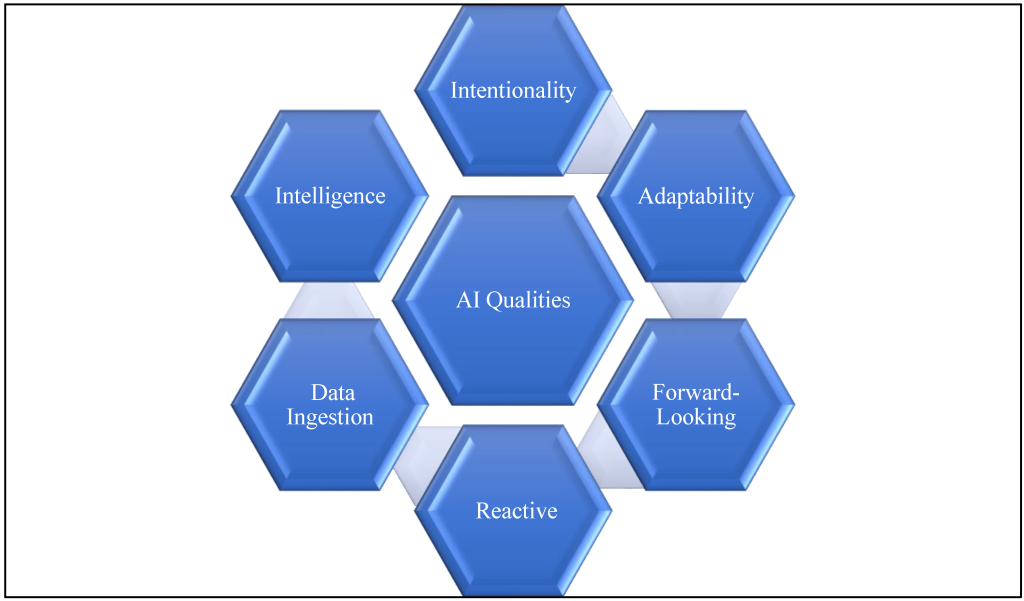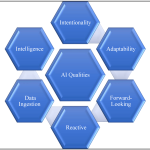The Top 5 Essential Elements for a Successful Print Marketing Campaign

Do you think print marketing is a thing of the past? With the rise of digital advertising, it’s easy to overlook the power of a well-executed print campaign. But the truth is, print marketing can still be incredibly effective if done right. In fact, studies have shown that print advertising can leave a longer-lasting impression on consumers compared to digital ads. So, if you’re looking to launch a successful print marketing campaign, keep reading.
In this article, we will explore the top 5 essential elements that can make or break your print marketing campaign. From choosing the right design and layout to targeting the right audience and tracking your results, these elements are crucial for ensuring the success of your print marketing efforts. So, if you’re ready to take your marketing strategy to the next level, let’s dive in.
1. High-Quality Images And Graphics
High-quality images and graphics play a crucial role in a successful print marketing campaign. In today’s visually-driven world, attention-grabbing visuals are essential to capture the audience’s attention and convey the marketing message effectively.
Visuals are powerful tools that can convey emotions and messages instantaneously. Incorporating high-quality images and graphics can create a strong impact, leaving a lasting impression on potential customers. These visuals can evoke emotions, making the marketing message more memorable and persuasive.
Furthermore, using high-quality images and graphics can promote a call to action. When well-designed visuals are strategically placed, they can guide the audience towards the desired action, whether it’s visiting a website, making a purchase, or subscribing to a newsletter. Compelling visuals can encourage potential customers to take the next step in their customer journey, ultimately increasing conversion rates.
Another important consideration when using visuals is brand identity. It’s vital to keep the brand’s personality, values, and aesthetics in mind when designing images and graphics. Consistency in visual elements helps in reinforcing brand recognition, instilling trust, and fostering customer loyalty.
2. Clear And Concise Marketing Message
A clear and concise marketing message is crucial for a successful print marketing campaign. It serves as the foundation for effectively communicating your brand’s value proposition to your target audience.
A well-crafted message captures the attention of your audience, quickly conveying the key benefits of your product or service. It should be concise yet impactful, grabbing their interest and prompting them to learn more.
One of the key components of a strong marketing message is a catchy headline. This is the first thing that readers see, so it needs to be attention-grabbing and compelling. It should resonate with your target audience and make them want to continue reading.
Compelling content is also essential for conveying your brand’s value proposition. It should be informative, persuasive, and tailored to your target audience’s needs and pain points. This helps build credibility and trust, making your brand more appealing and trustworthy in the eyes of potential customers.
Clear calls to action should also be included in your marketing message. These prompt your audience to take a specific action, such as visiting a website, making a purchase, or contacting your business. They provide a clear next step for interested individuals, increasing the likelihood of conversion.
Lastly, it’s important to tailor your message to resonate with different stages of the customer journey. This ensures that your marketing efforts are relevant at each step, whether it’s generating awareness, nurturing leads, or boosting customer loyalty. By understanding your audience’s needs and preferences, you can develop a marketing message that speaks directly to them, driving engagement and conversions.
3. Establishing Relevant Business Goals For The Campaign
Establishing relevant business goals is a crucial first step in developing a successful print marketing campaign. These goals provide direction and ambition to a company, ensuring that marketing efforts are aligned with overall business objectives.
When setting business goals for a print marketing campaign, it’s important to consider the specific needs and aspirations of the company. These goals should be measurable, allowing for tracking and evaluation of the campaign’s effectiveness. Measurable goals also provide benchmarks for success and help gauge the return on investment.
To establish relevant business goals, start by identifying the desired outcomes. Consider factors such as increasing sales, boosting brand awareness, or expanding into new markets. Next, determine specific metrics that will be used to measure these outcomes, such as revenue growth percentages, customer acquisition numbers, or website traffic analytics.
Once business goals are established, it is crucial to align marketing goals with these objectives. Marketing goals should be measurable and directly contribute to the achievement of the business goals. They should specify targets such as increasing website conversions, generating qualified leads, or improving customer loyalty.
To set effective marketing objectives, outline the steps involved in achieving the business goals. This includes identifying the target markets, understanding customer preferences, and analyzing competitor strategies. Afterward, choose the marketing mix—the combination of marketing channels and tactics that will best reach and engage the target audience.
4. Creating An Effective Marketing Strategy To Reach Your Target Market
Creating an effective marketing strategy to reach your target market involves several key steps and components. Begin by crafting a clear and concise statement of your company’s mission and goals. This serves as a guiding principle for all marketing efforts and helps to ensure alignment with your overall business objectives.
Next, conduct a detailed analysis of your current position in the marketplace. This involves evaluating your strengths, weaknesses, opportunities, and threats. Understanding your competitive landscape and identifying any market gaps or untapped opportunities will inform your marketing strategy.
Market research is crucial to gather information about customer needs and wants. Analyze demographics, psychographics, and behavior patterns of your target market. This research will guide your messaging, product positioning, and marketing channels selection.
Allocate a detailed budget and timeline for your print marketing strategy. Consider the various marketing tactics and channels that will resonate with your target market. This may include digital advertising, social media, content marketing, SEO, influencer marketing, events, or traditional media.
Regularly evaluate and measure the success of your marketing strategy using key performance indicators (KPIs) specific to your goals. Adjust and refine your strategy based on the insights gained from these evaluations.
A well-crafted marketing strategy, supported by market research and a thorough analysis, enables you to better understand your target market and position your products or services effectively.
5. Allocating An Appropriate Budget For Your Marketing Efforts
Allocating an appropriate budget for your marketing efforts is essential for the success of your print marketing campaign. Without a well-planned and well-executed budget, your marketing efforts may fall short and not yield the desired results.
One of the primary reasons for allocating a budget is to track expenses. By setting a budget, you can monitor and control your spending, ensuring that you stay within your financial limits. This helps you avoid overspending and allows you to prioritize your marketing activities based on their effectiveness and the available resources.
Additionally, a well-planned marketing budget enables you to ensure wise spending. By allocating funds to the most effective marketing strategies and channels, you maximize your return on investment (ROI). This means you can focus your resources on activities that are more likely to generate leads, conversions, and sales, rather than wasting money on ineffective tactics.

Conclusion
In conclusion, creating a successful print marketing campaign requires careful planning and consideration of several essential elements. By following the steps outlined in this article, including defining your target audience, setting clear goals, crafting a compelling message, designing eye-catching visuals, and measuring your campaign’s effectiveness, you can maximize the impact of your print marketing efforts.























